Is It Easier to Learn A Second Instrument?
As a musician, having the ability to play a second instrument opens up opportunities in the music world. Ensembles love players who can double, triple, or even quadruple on instruments.
If you are considering learning a second instrument, do it.
Assuming you have already learned your first instrument or are in the process of learning it, you will have a much easier time learning your second one. When you switch to a different instrument or learn a second one to double, you are able to transfer a lot of the skills you learned from your primary instruments from your knowledge of music theory, fingering, tonguing, and sound make the transition quicker and easier.
The benefits of learning a second instrument far outweigh the downsides so if you have the time to devote to it, go for it!
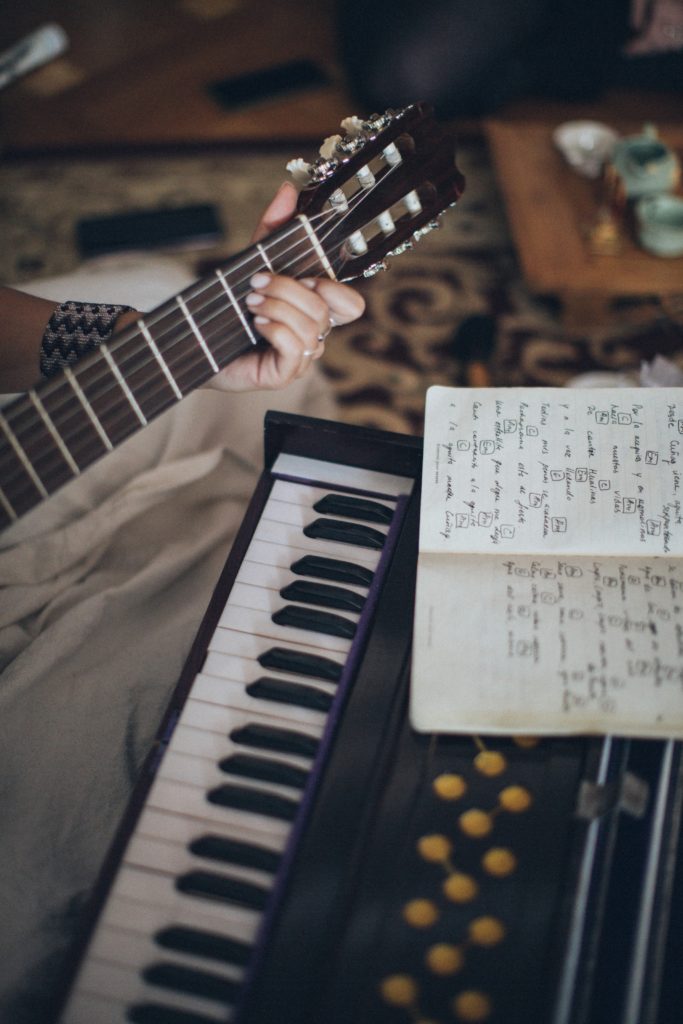
The Similarities Between Instruments
Instruments from the same families have similar characteristics. As the Oregon Symphony (https://www.orsymphony.org/learning-community/instruments/#:~:text=That’s%20because%2C%20just%20like%20in,parents%20are%20bigger%20than%20children.) states, “just like in human families, the instruments in a particular family are related to each other. They are often made of the same types of materials, usually look similar to one another, and produce sound in comparable ways. Some are larger and some are smaller, just as parents are bigger than children.”
Because of this, you can apply techniques you’ve learned from your primary instrument to this one. To add icing to the cake, efficiency and effectiveness of music practice will have already developed from your primary instrument as well as rehearsal and performance.
Yes, much easier because of similarities
- One already has a more advanced basic knowledge of music that can be applied to learning the second instrument
- If the instrument is similar, such as another woodwind instrument for a woodwind player, or a brass instrument for a brass player, much of how one’s generates sound and basic fingering positions are relatively the same (trumpet to tuba – still same basic fingering and mouth movement/way of generating sound)
- Tonguing (separating the notes) would be relatively the same or relatively the same for the same family of instruments (woodwind and brass tonguing would be relatively the same)
- Fingering would have the same basic placement of the hands and format that how the notes align with the fingers
- One’s concept of the sound of the instrument that’s already established from one’s primary instrument (so when you know what a good sound is like on a saxophone, it is easier to know what a good sound is like on bassoon) Good sound is:
- pleasing to the ear.
- A centered quality of tone
- A resonant sound
- A flexible sound to hear different tonal colors
- One might also have a good concept of vibrato and how to use it musically
- One’s level of understanding of music theory for the primary instrument would automatically be there for the second instrument
- Efficiency and effectiveness of music practice is already developed from primary instrument
- Rehearsal and performance with other instruments is already developed
Music Theory
First off, if you already learned an instrument, your foundation of music theory will already be there to draw from and help you learn quicker and more effectively. Basically music theory helps you understand the relationships of music, why music sounds right or wrong, and how you can make that sound again.

Producing Good Sound
One’s concept of the sound will already be established from one’s primary instrument which will make it easier to create good sound on your second one. If you know what good sound is like on a saxophone, then it is easier to know what a good sound is like on bassoon.
If you are skilled at producing quality sound, you’ll be able to be flexible in your playing so as to create different tonal colors. You might also have a good concept of vibrato and how to use it musically.
The qualities of good sound include:
- Being pleasing to the ear
- Having a centered quality of tone
- Carrying a resonant sound
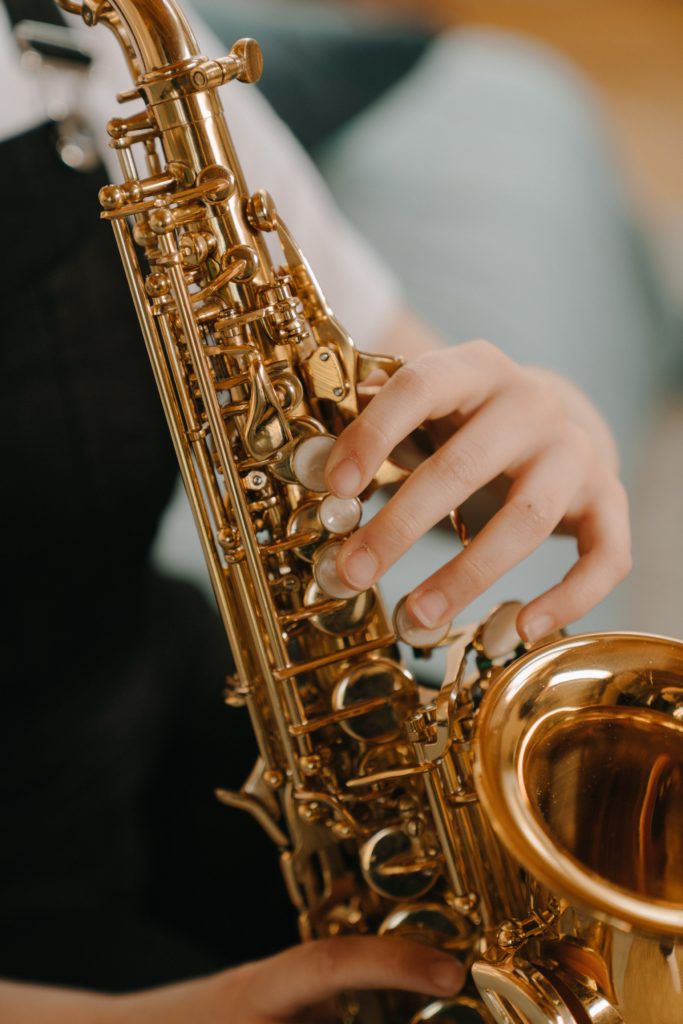
Finger Placement
Fingering is the placement of your hands and how the notes you are playing align with your fingers.
If the instrument is similar, such as another woodwind instrument for a woodwind player, or a brass instrument for a brass player, much of how one generates sound and basic fingering positions are relatively the same. The trumpet and tuba are great examples of how using the same basic fingering generates good sound.
So depending on if you are switching or doubling instruments in the same family will depend on if this is easier or harder for you.
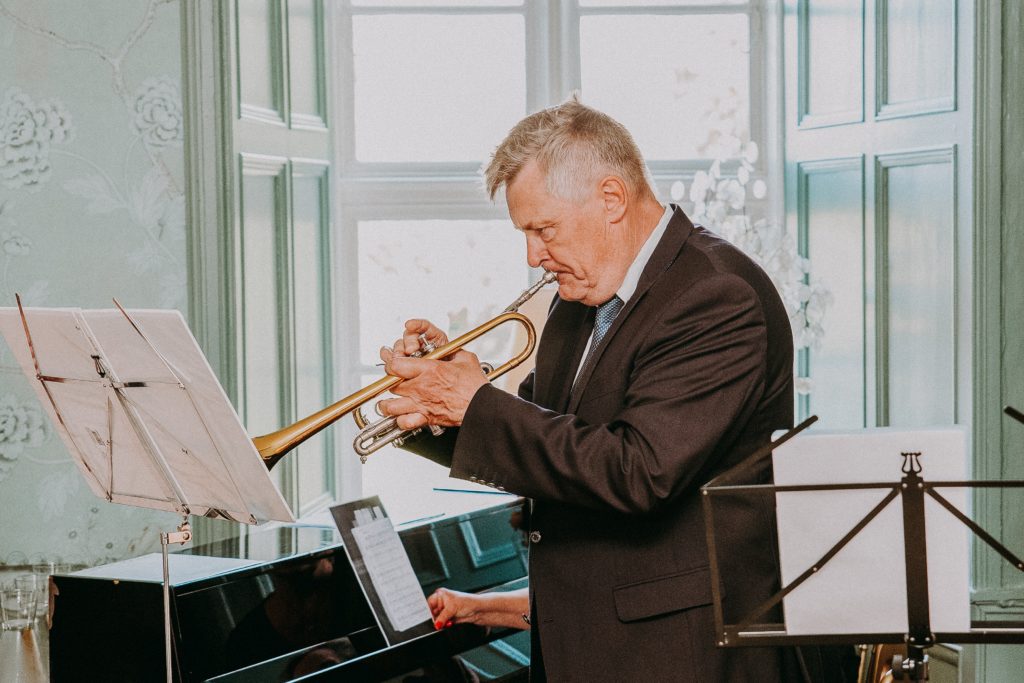
Tonguing
Comparable to producing good sound and fingering, performing tonguing would be relatively the same for the same family of instruments. So woodwind and brass tonguing would be relatively equivalent making learning your next instrument easier.
Tonguing helps separate notes and the dictionary definition (https://www.dictionary.com/browse/tonguing) is the manipulation of the tongue playing a wind instrument to interrupt the tone and produce a staccato effect.
According to Jeff Lewis Trumpet (https://www.jefflewistrumpet.com/the-trumpet-embouchure/), there are multiple types of embouchure including “Farkas”, “Stevens”, “Gordon”, and “Maggio” and different instruments require different techniques making learning an unrelated instrument harder. Whether you pucker in or pucker out, have an open or closed aperture, or play wet or dry changes based on the instrument.
Doubling An Instrument Vs. Switching Instruments
Doubling an instrument may or may not be harder than switching instruments. It all depends on what you choose for your second instrument. Doubling will take more time because you need to continuously practice on your primary instrument skills while adding to your secondary instrument’s expertise.
Switching instruments completely will require less time than doubling for sure if you decide on learning a second instrument in the same family as your first.
However if you want to learn one from a different family, it may take a similar amount of time to learn as if you were doubling instruments because you won’t be able to take advantage of the similar music techniques and hand placements as much.
Learning instruments not at all in the same family will be more difficult to learn because many of the basic methodologies do not translate. Musicality would help but the instruments would have a completely different way of generating sound.

Hardships of Learning a Second Instrument
What can make learning a second instrument more difficult is the fact as mentioned for doubling, you will have less practice time on your primary instrument. Your fingers are going to have to learn a wide variety of new things like new placements.
It will also be more difficult for one’s embouchure, which is basically one’s mouth placement, to be finely tuned for the primary instrument as the types of embouchures vary.
According to Jeff Lewis Trumpet, some are named “Farkas”, “Stevens”, “Gordon”, and “Maggio.” Some require you to pucker or not to pucker. Other dilemmas you can run across between instruments is whether to have an open or closed aperture or to play wet or dry.
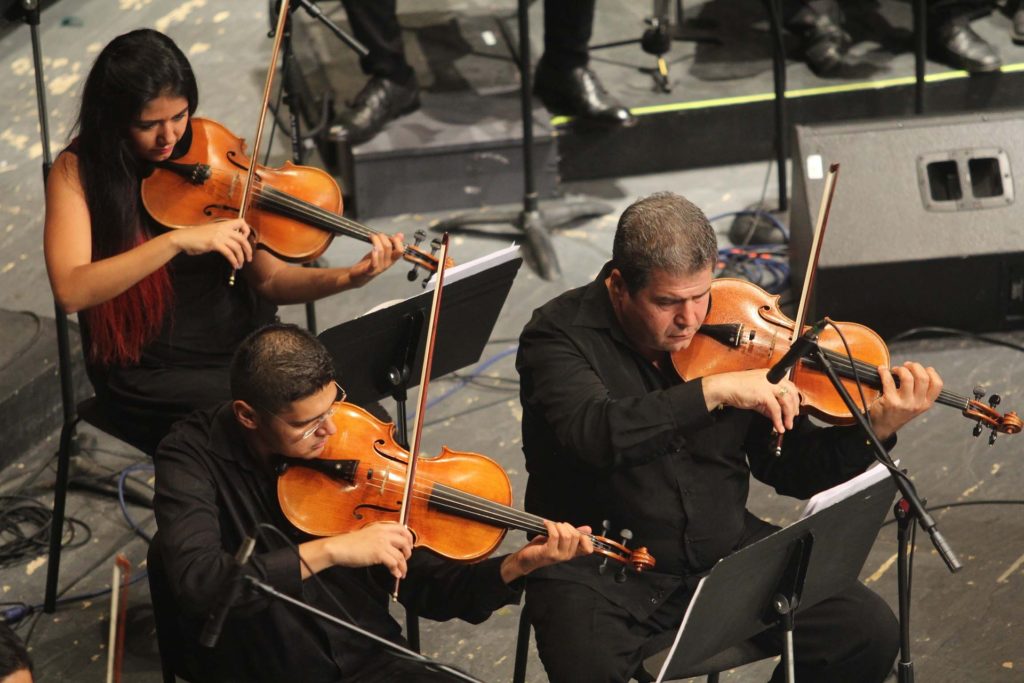
A Second Instrument For Live Music & Ensembles
Often live music shows like musicals expect their woodwind players to be able to play on at least one other instrument and sometimes as many as 3-4 instruments. The more instruments the musician can play, the greater demand for them which can be a great benefit to the multi-talented player.
Different types of music will require different instruments. An ensemble in particular benefits from players who can double on related instruments.
Common Doubles for Musicians in an Ensemble:
| Primary Instrument | Secondary Instrument |
| Clarinet | Bass Clarinet |
| Bassoon | ContraBassoon |
| Flute | Piccolo |
| Pianist | Organ |
| Violin | Viola |
| Guitar | Bass Guitar |
Some of the more difficult instrument doublings are include:
| Saxophone, clarinet, or flute players learning bassoon |
| Trumpet players getting into the horn, tuba, and euphonium |
| Flute or clarinet players adding the oboe |
| Piano players becoming percussionists |
| Cellists learning the double bass |
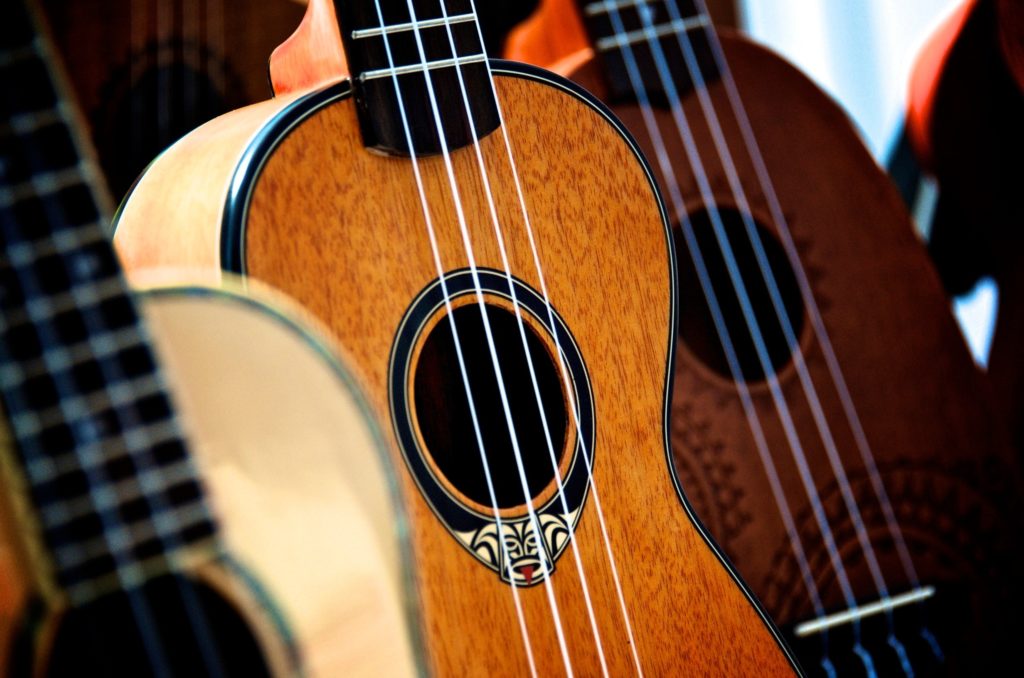
Why It Is Easier to Learn A Second Instrument
Based on the similarities between instruments and the ability to transfer those music skills to the second instrument being learned, it is much easier to learn a second instrument.
You have the options of doubling or completing switching to your second instrument. Doubling requires more practice since you’ll be needing to master two instruments. It could potentially be easier than completely switching instruments if you plan to change families if you switch but stay in the same family for your second instrument if you double.
How much easier it is to learn that second instrument will depend greatly on choosing the same or a different instrument family for it. This is because much of the fingering, hand placements, tonguing, and technique are alike in the same families.
Learning a second instrument has its benefits if you want to be part of an orchestra or make a living as a musician because the more instruments you know, the more in demand you will be. By choosing to take up some of the more difficult instrument doublings, you will also become more sought after by companies wanting to put on live music. And last, piano is a good second instrument for virtually anyone because of being able to better understand how music is put together, including a having a more visual and kinesthetic way to learn music theory.
Reader Responses:
Q: Hello Richard. I have a query. I play violin and want to add viola. Will it be better for me – my brain and skill to play the same pieces on both instruments or different ones on viola to maximize learning and ability…and I appreciate the note that learning two does not detract [the old ‘master of none’ mantra].
Thanks!
Mary Anne
A: Hi Mary Anne,
The quick answer is to use both methodologies for learning viola.
By playing some of the pieces that you already know on violin it is likely that you can focus on the different feel of the familiar piece, noticing the additional stretch in your fingers. Another factor you can more easily focus on is reading the familiar piece in alto clef.
On the other hand, by playing pieces on viola that you have not already learned on violin, in some ways, you will not be translating. Instead, you will be addressing the viola more directly, which is akin to people who learn a foreign language. As they become more proficient, they no longer translate into the new language. Instead, they begin to think in the new language eliminating the mental step of translating.
I have used both ways with learning four different sizes of saxophones and five different sizes of recorders. Both methodologies work. I encourage you to notice the advantages and disadvantages of each.
Thanks,
Richard
Sources:
